Author profile
Hans Zauner
An artificial sugar beet for the eyes of Artificial Intelligence
Hans Zauner - June 21, 2024
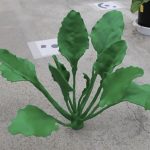
Plant phenotyping – the science of gathering precise information and measurements on plants – has seen massive improvements recently, and the combination of sensor technology and AI methods will continue to change the way crops are assessed and improved. A new article in GigaScience demonstrates where this is going: Jonas Bömer and colleagues at the […]
Citizen Scientists can see the wood for the trees
Hans Zauner - March 6, 2024
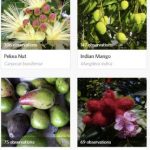
Few countries have a biodiversity that’s comparable to Brazil’s, including plant-based food sources that are little known elsewhere. Even in big cities you may pick all kinds of fruit directly from the tree, which can be both tasty and also interesting for the botanist. The Citizen Science project “Pomar Urbano” collects data on urban fruit-bearing […]
Some sea cucumbers like it hot
Hans Zauner - January 9, 2024
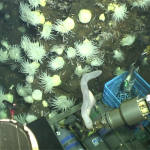
We start the new year with news from the deep, published in GigaScience: The genome of a sea cucumber, collected at a depth of 2400 m during a submarine trip to a hydrothermal vent, helps scientists to understand how marine animals can survive in extreme conditions. Hydrothermal vents are an unlikely environment for animals to […]
2023 in review: Gigabyte journal coming of age, and more
Hans Zauner - December 5, 2023

It’s December, the festive season and the end of year are approaching fast – and it’s time for our traditional look back on the past 12 months at GigaScience Press. Once more, we are pleased with the view in the rear mirror. In its 11th year, GigaScience again published exceptional “big data” science (read on […]
Genome data shed light on the domestication of naked oat
Hans Zauner - August 2, 2023
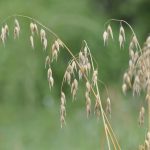
Genome analysis of 100 oat plants from around the world reveal that naked and hulled oat varieties diverged more than 50.000 years ago.
Selective sequencing on a shoestring: the $300 HARU system
Hans Zauner - July 4, 2023

This week GigaScience published a cost-effective, open source hardware/software solution for selective sequencing, using the Nanopore Minion device and a tiny $300 device that is “two times faster than a 30,000 $ 36-core server, at a fraction of power consumption”.
Amazonian Morpho butterflies: three genomes with a twist
Hans Zauner - May 25, 2023
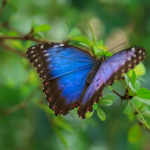
First full-length genome sequences for three species of Morpho butterflies show inversions on the Z chromosome.
Multi-dimensional data for Cooinda the dingo
Hans Zauner - March 30, 2023
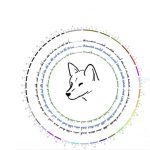
A new GigaScience article presents rich multi-dimensional data on a female dingo, Cooinda, including a whole genome sequence.
1,600 plant extracts reveal their secrets
Hans Zauner - January 18, 2023

A GigaScience Data Note presents a searchable library of spectra and molecules found in a collection of 1,600 plant extracts.
Celebrating and innovating: This was 2022 at GigaScience Press
Hans Zauner - December 20, 2022

It was a year to remember, for more than one reason: 2022 marked the 10th anniversary of GigaScience‘s launch. The journal’s younger sibling GigaByte got an award and continued to innovate with living documents and its first trilingual article. And we published lots of memorable research, featuring, for example, a giant tortoise and 26 deadly […]